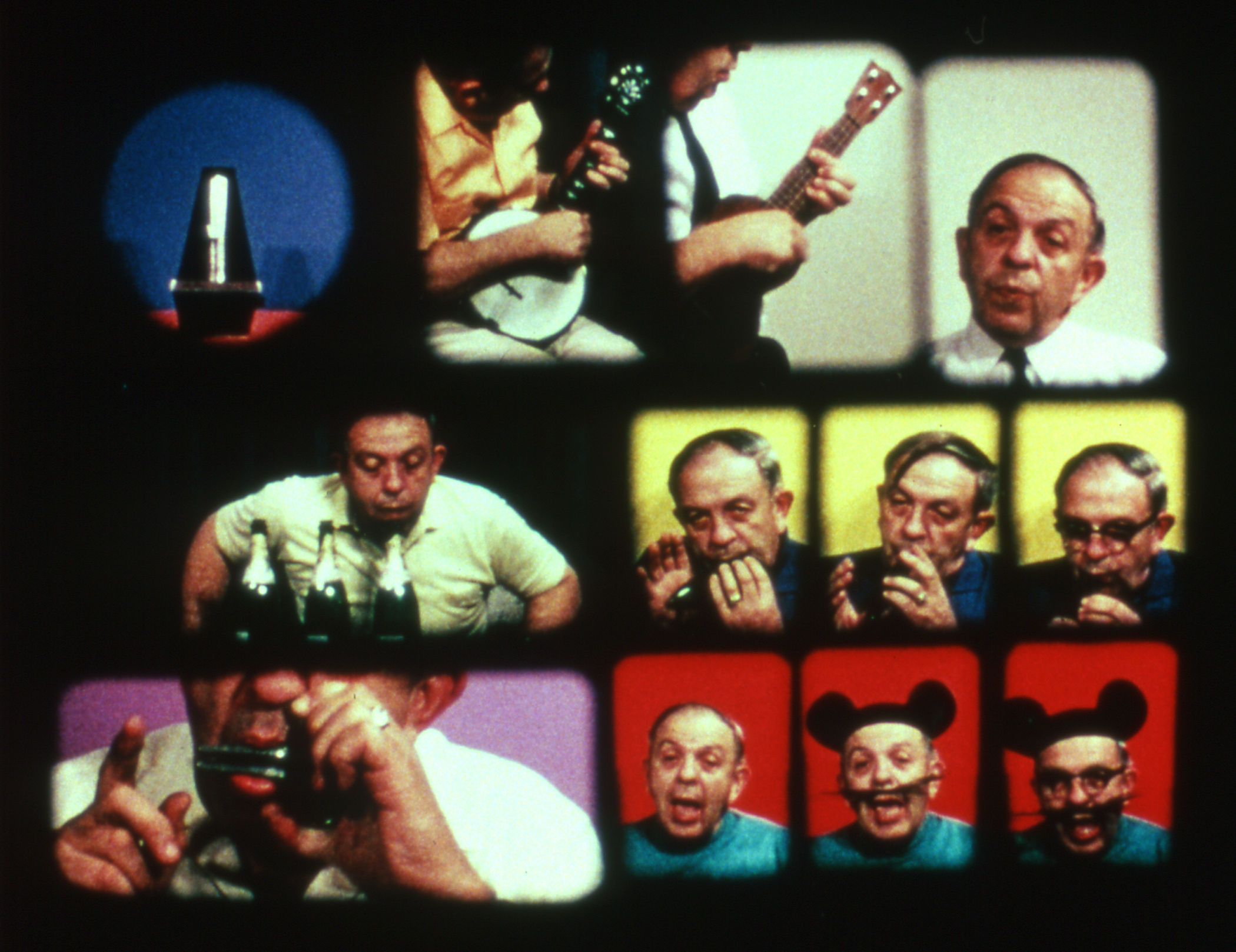NFPF-Preserved Films at the Century of 16mm Conference
 |
|
Multiple SIDosis (1970), one of eight films screening in the Century of 16mm program “16mm Orphan Films Preserved through the National Film Preservation.”
|
In 1923 Eastman Kodak introduced 16mm nonflammable film and radically changed the history of filmmaking, which became affordable and feasible to millions. The new format facilitated the rise of home movies and amateur moviemaking. Filmmaking was no longer the preserve of well-heeled industries—16mm democratized it.
To celebrate this momentous anniversary, the Indiana University Libraries Moving Image Archive has organized “A Century of 16mm,” which includes an academic conference, commissioned films, exhibitions of 16mm technologies, and screenings.
Among the conference programs, scheduled for Thursday, September 14th, is “16mm Orphan Films Preserved through the National Film Preservation.” Introduced by NFPF Executive Director Jeff Lambert, the program includes an assortment of short films in new 16mm prints. The line-up demonstrates the diversity and range of American orphan films, from National Film Registry titles to new discoveries, with a focus on the formal ingenuity and creativity of filmmakers working on the periphery of mainstream film culture. Approximately 66% of the films preserved through NFPF grants are on 16mm.
The line-up:
- Film in Which There Appear Edge Lettering, Sprocket Holes, Dirt Particles, Etc. (1966, preserved by Anthology Film Archive), Owen Land’s renowned demonstration of film’s lesser seen qualities. (Preserved through the NFPF’s Avant-Garde Masters Grant program and The Film Foundation, with funding provided by the Hobson/Lucas Family Foundation.)
- The Spider and the Fly (1938, preserved by the Chicago Film Society), one of the earliest surviving American home movies with synchronous sound.
- The Inner World of Aphasia (1968, Indiana University), an innovative medical training film, on patients unable to communicate verbally, that is now on the National Film Registry.
- Bop Scotch (1952, Pacific Film Archive), an early experimental short by Jordan Belson, featuring animated close-ups of San Francisco sidewalks and byways.
- Young Braves (1968, New York Public Library), a documentary portrait of a group of Puerto Rican teens.
- 33 Yoyo Tricks (1976, Harvard Film Archive), a cult film by P. White that fully lives up to its title.
- Lie Back and Enjoy It (1982, Chicago Film Archive), JoAnn Elam’s dialectical examination of the politics of representation and the power imbalance between male filmmakers and female subjects.
- Multiple SIDosis (1970, UCLA Film & Television Archive), a droll trick film by amateur filmmaker Sidney Laverents, also on the National Film Registry.
Screening in another program is The Masters of Disaster (1985), a documentary about the unexpected championship of an inner-city Indianapolis chess club, preserved by Indiana University with NFPF support. A full description of Century of 16mm screenings, programs, and presentations can be found here.
